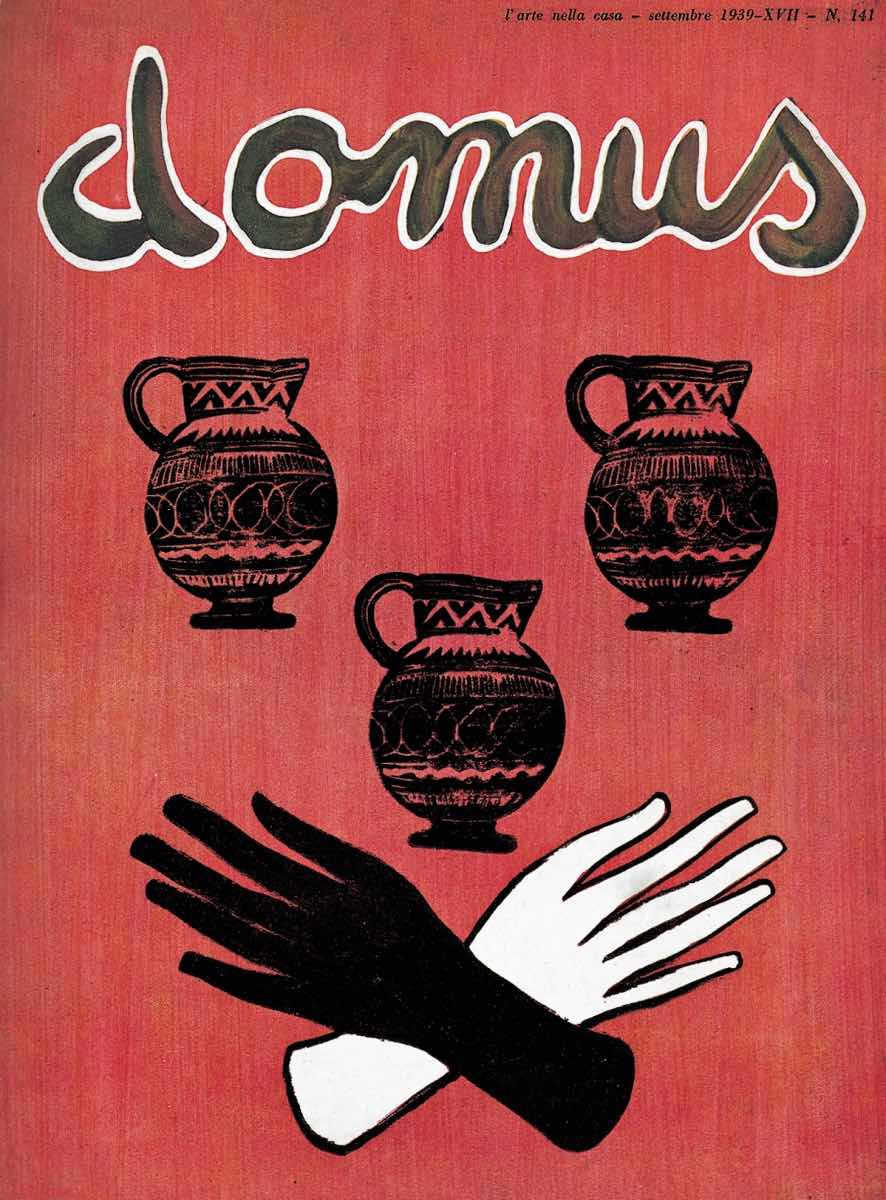INSPIRATION: Italian genius Giò Ponti

Gio Ponti is one of the most prominent Italian designers and architects of the last century. Before, but especially after the Second World War, Ponti has left a mark on architecture and design in his country and beyond, with his versatile and multicoloured design.
A real talent, or better, an exceptional genius, Ponti designed a wide array of furniture and products through his career: from cabinets, lamps and chairs to ceramics and glassware.
As an architect, his buildings, including the Pirelli tower in Milan, a symbol of reconstruction and modernity after the war, and Denver Art Museum, were erected in 14 countries.
Through Domus, the design magazine he founded in 1928, Ponti promoted a new curiosity and open-mindedness towards new design thinking: soon Domus became a platform for his ideas about design, interior and architecture. Some of his designs are still in production today.
 Our fascination for this genius of Italian design and architecture, is his versatility. And of course, his love for ceramics.
Our fascination for this genius of Italian design and architecture, is his versatility. And of course, his love for ceramics.
From the 1920s Ponti approached the world of ceramics, designing tiles and panels, but also kitchen utensils and decorative objects. All these works are called Gio Ponti's ceramics.

His passion for surfaces and textures was first manifest in the bi-chromatic flooring of the first home he designed in Milan in 1925.
With Richard Ginori, an Italian ceramic company, Gio Ponti developed a particular passion for ceramic works. Here, as their Artistic Director, the Italian genius created plates, table sculptures, vases, all made with advanced techniques but always with references to traditional craftsmanship and classical sculptures.
In The Netherlands, Eindhoven, Ponti covered the entire De Bijenkorf building with tiles.
De Bijenkorf was looking for an architect with a broad and global world view, who was able to construct a representative building ('fashionable house of nouveautés'). The fluctuating patterns of the glazed green tiles, the irregular spacing of narrow vertical windows, the lighting and the honeycomb effect all contribute to a spectacular exterior.
In 1962 Giovanni Ponti also designed ceramic panels with geometric motifs to cover the rooms, reception, hall, bar and restaurant of the Hotel Parco dei Principi in Sorrento, Italy.
His motto 'The most resistant material in construction is art' still resonates with many of us.



